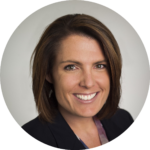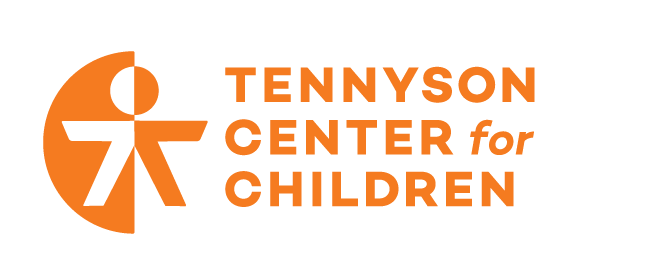My Daughter Lied
My daughter lied. My brilliant, beautiful, hilarious nine-year-old daughter lied.
You see, she’s very literal. This is a girl who, from a very young age, was clear that she “doesn’t pretend.” Her little brother and his friends will tear around, pretending to be ninjas or animals or ninja animals and she rolls her eyes.
Perhaps not surprisingly, she’s not a fan of fiction. The girl loves any kind of “how does it work?” or “true animal stories” type book, but can’t be bothered with a made-up tale.
So, when confronted with a reading assignment and given access to only fiction, ironically, she made up a story. She claimed to have read a book when, really, she had watched the movie.
I was admittedly horrified. Lying? To a teacher? Her amazing teacher, who – like teachers across the country – is doing an incredible job in the face of incredibly challenging circumstances. Not okay. But, like many things, the incident got me thinking about the child and family wellbeing system so many of us are working toward.
As I reflected upon the situation with my daughter, I noted that she was being held accountable for a task. For an output rather than an outcome. She was also confronted with a resource challenge: though she has an array of books available to her via online platforms, they’re not the right kind for her. Like all kids, her needs, interests, and learning style are unique. But the resources available to her to accomplish the task were geared toward a more general population. One that can at least tolerate fiction.
Similarly, child welfare has largely been held accountable for outputs. Reduce referrals, reduce lengths of stay, implement some combination of these specific programs. There are implicit child – and family – level outcomes but, too often, those aren’t focused on. Those aren’t what agencies are held accountable for and they’re not what is incentivized. Not surprisingly then, the resources that are available are often a poor match with what’s actually needed. The resources match and drive the outputs but too often give a false sense of relevance and influence when it comes to the outcomes.
I told my daughter that I understood why she felt stuck but that lying wasn’t okay. I told her that, as her mom, I care about the outcomes of her being happy and equipped with the skills and knowledge she needs to do the things she wants in life. Presumably becoming a proficient reader is a key outcome along that path. But, if reading fiction isn’t her jam, we can trouble-shoot and work with her teacher to find alternative ways of accomplishing the goal. We can look at whether the resources available to her meet her needs and unique circumstances and, if not, adapt accordingly. I assured her that my husband and I will advocate for her.
Let us take a moment and acknowledge the immense privilege in all of that. My family is white. We are financially secure. I have affordable insurance that allows for appropriate management of any health issues. I have a strong, supportive community. And, in large part because of this privilege, my daughter will be fine. She will be accommodated and she will thrive.
Just as all children should. Not in spite of the systems we have but as a clear, expected outcome of them.
The systems we currently have don’t readily accommodate difference. They are built around assumed norms and tend toward measuring outputs and processes. They aren’t built to bend and flex to account for the realities of child development, much less crisis. They aren’t built to ensure equitable outcomes for all kids and families but, instead, to channel efforts toward measurable, knowable, consistent activities.
For those of us who fit the “norm”, this largely works just fine. For those of us who have the power and privilege to advocate for accommodations when needed, this largely works fine. But, a system shouldn’t just work for some – that’s unacceptable. Our children deserve more. Our families deserve more. Our communities deserve more.
We need a child and family wellbeing system that ensures outcomes and that honors and supports the many paths to them. We need a system that, like family, recognizes that we all make mistakes and get off track, and that stands by us and supports us in finding our way. We need a system that doesn’t throw up its hands and say, “I can’t help you yet but come back when you’re in crisis.” We need a system that embraces diversity and is solutions-oriented, that can pull from a more comprehensive toolbox than just a narrow set of services dictated by funding streams.
As we build toward a child and family wellbeing system, I start from the place of asking, “What does it mean for my children to thrive? What do they need? How can I support that?” The child and family wellbeing system ought to start from the same place. What does it mean for all children to thrive? What do they need? How can we support that?
For my daughter to thrive, it’s going to involve becoming a proficient reader. She’s going to need a lot of things to get there. She’s going to need an awesome teacher. She’s going to need space to express her needs. She’s going to need parents advocating for her. And, gosh darn it, she’s going to need some good non-fiction.
Author: Tiffany Perrin, Accelerator Chief, Tennyson Center for Children






